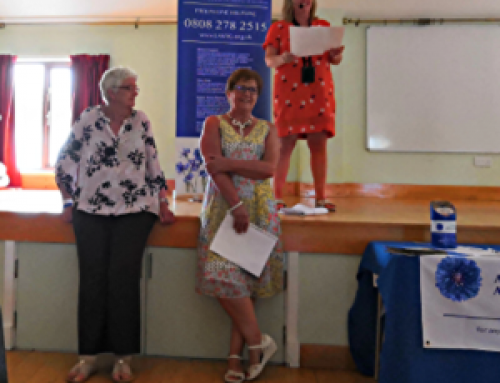We have had so many donations at the MNF from the Asbestos world like the Face Fitting team of men I’m so involved with and then all the Law firms and Mesowarriors who have all backed the Foundation beyond my expectations. The Launch Night Raised £10K plus and this has gone up since with Donations still rolling in. But one that totally surprised me was this week a Donation of £1000 from the Pigeon world through a lovely Mesowarrior Rita Frances.
It’s funny because as a child the man, a few doors down, owned Pigeon’s and I used to go and watch, as he let them out of the pens and they all flew off together and circled around. They came home and sat on the roof before finally returning to their pens for the night.
Well The neighbour gave me 2 and dad spent a day making a cage for me to them in.. I let them out for a fly and of course they met up with their friends and went home–well they are homing pigeons, but try telling an eight year old that her new friends don’t want to exchange owners. Its funny what memories come back. Thank you so much Rita and your lovely Pigeon friends.
The history of this lovely club :-

On the 28th March 1896 there was a meeting of ‘pigeon keepers’ at the White Swan, Call Lane, Leeds for the purpose of forming a Homing Union and this led to the formation of what was then called the National Homing Union. Although this meeting took place in 1896, the first Annual General Meeting of the Union was held on 27th February 1897 at The Spread Eagle Hotel, Manchester. The title ‘Royal’ was not added until much later but, even in the early days of the Union, there was a close affinity with the Royal family.
Both the Prince of Wales and Duke of York maintained teams of racing pigeons at Sandringham and raced them successfully in both local and national events and this continued when the Duke of York became King. The family tradition is maintained by our present monarch, Queen Elizabeth II and the Royal Lofts are now well established at Sandringham under the supervision of a loft manager, where a number of respectable racing performances have been recorded.
In many respects the sport has changed dramatically from the early days but in some areas there has been little advancement. Timing clocks, designed at the turn of the century, are still in use in many clubs, whilst other members use modern, electronic and Quartz regulated timers. It is a credit to our administrators that our rules have evolved so that the pensioner with a 1920’s Toulet clock can compete on equal terms with the modern fancier having the latest in computer based technology.
The first pigeon races were conducted over relatively short distances using motor transport but serious, long distance racing was made possible by use of the railway system. This allowed for cheap and effective transport of birds to the racepoint and led to the establishment of the type of racing that we enjoy today. It was only when the Beeching ‘axe’ fell on the railway system that an alternative had to be found and the modern road transporter became the norm for race transport. Whether this was an actual improvement or not is open to debate and there are many who would love to revert to the former system. Unfortunately, cost and practicalities make this impossible. There have been occasions where the tentative use of air transport has been broached but, at the present time, the cost is proving too great for general usage.







Leave A Comment